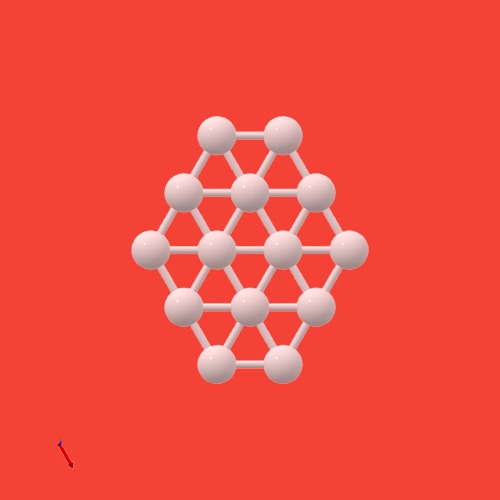Game-Changing Material for Energy, Sensing, and Information Storage Applications: "The Emerging of Borophene."
A recent review article published in the esteemed journal Nano Research Energy delves into the fascinating world of borophene, a remarkable two-dimensional (2D) material that has captured the attention of researchers worldwide. With its unique physical and chemical properties, borophene has become a promising candidate for various applications, including energy harvesting, energy conversion, energy storage, sensors, and information storage.
The article provides an in-depth analysis of the evolution and synthesis of borophene, tracing its development from its initial discovery as a monoelemental 2D material in 1997 to its current state as a material with extraordinary potential. Among its many remarkable characteristics, borophene boasts anisotropic plasmonics, physical compatibility, optical transmittance, ultrahigh thermal conductivity, and superconductivity. In addition, the article discusses how borophene's broad bandgap range, owing to its many structural phases, makes it an excellent insulator or sealing layer for use in semiconductors. Unlike other 2D materials, certain common borophenes have shown high stability in ambient settings, even in acid or basic solvents. This stability has led to borophene being projected as an electrode component for rechargeable lithium or sodium-ion batteries, offering better storage capacity than graphene. The authors also provide a comprehensive overview of the latest research on borophene-based materials, with a particular focus on its experimental developments for specific application fields such as energy, sensors, and information storage. The paper highlights the potential of borophene-based materials for high-performance transistors and magnetic storage devices, thanks to their high electron mobility and magnetic moment. Moreover, borophene-based materials show promise for gas sensing applications with high sensitivity and selectivity for detecting trace amounts of gases. Despite the challenges and opportunities that lay ahead for future research, the authors conclude that borophene-based materials have generated significant interest in recent years, owing to their unique electronic, thermal, and mechanical properties. With the potential to provide high energy densities and fast charge/discharge rates, borophene-based materials hold promise for the development of next-generation energy storage devices. Overall, this review article is a must-read for researchers and enthusiasts alike, offering a comprehensive overview of one of the most promising 2D materials of our time.
Reference
Hou, C., Tai, G., Liu, Y., Wu, Z., Liang, X., & Liu, X. (2023). Borophene-based materials for energy, sensors and information storage applications. Nano Research Energy. https://doi.org/10.26599/NRE.2023.9120051

Comments
Post a Comment